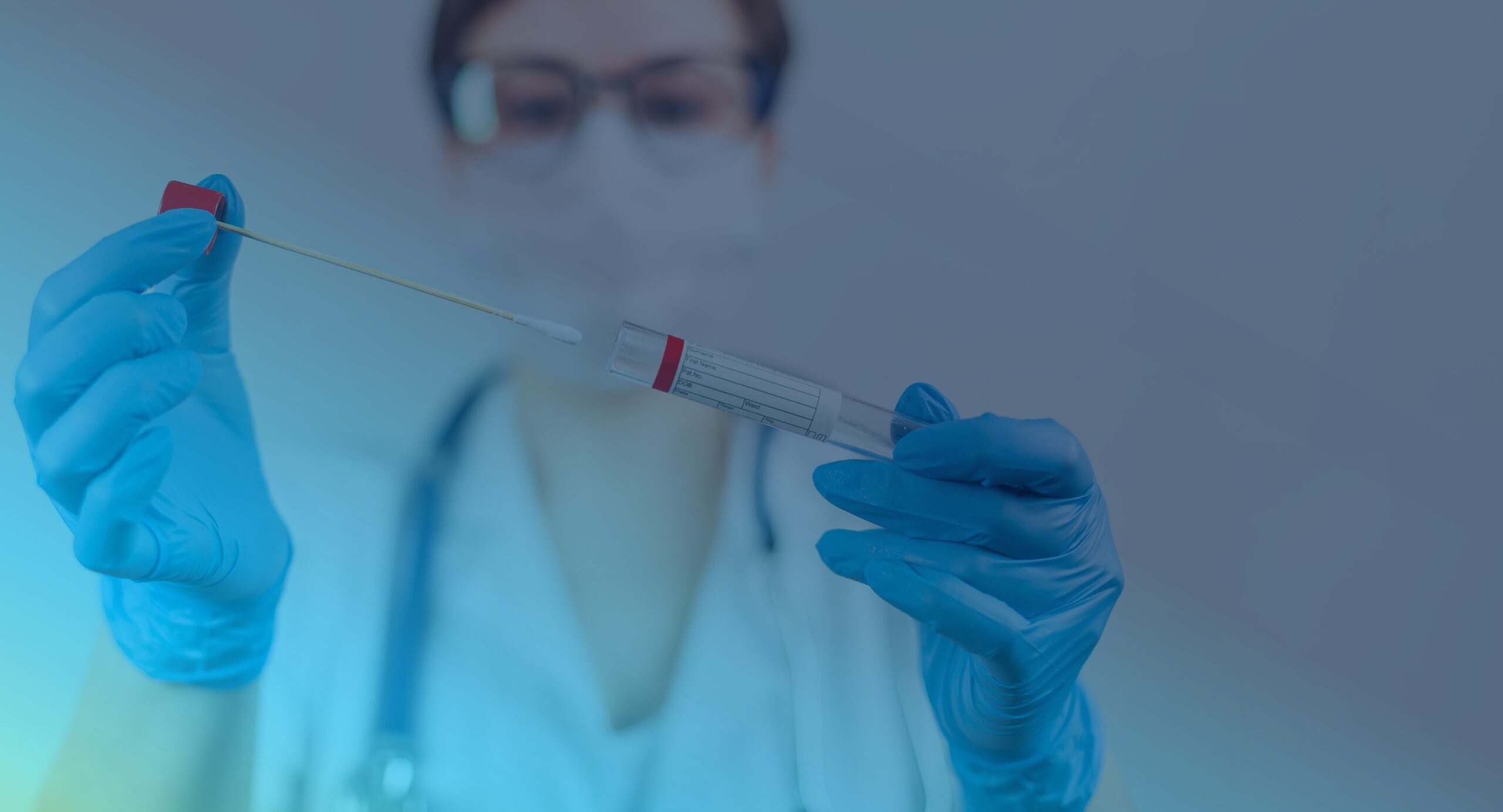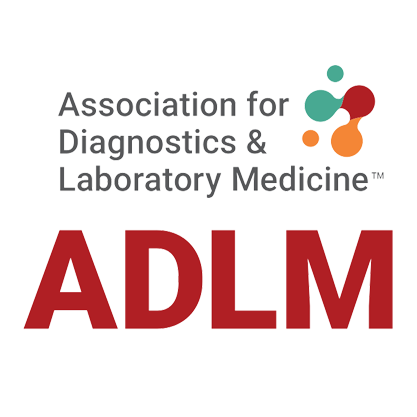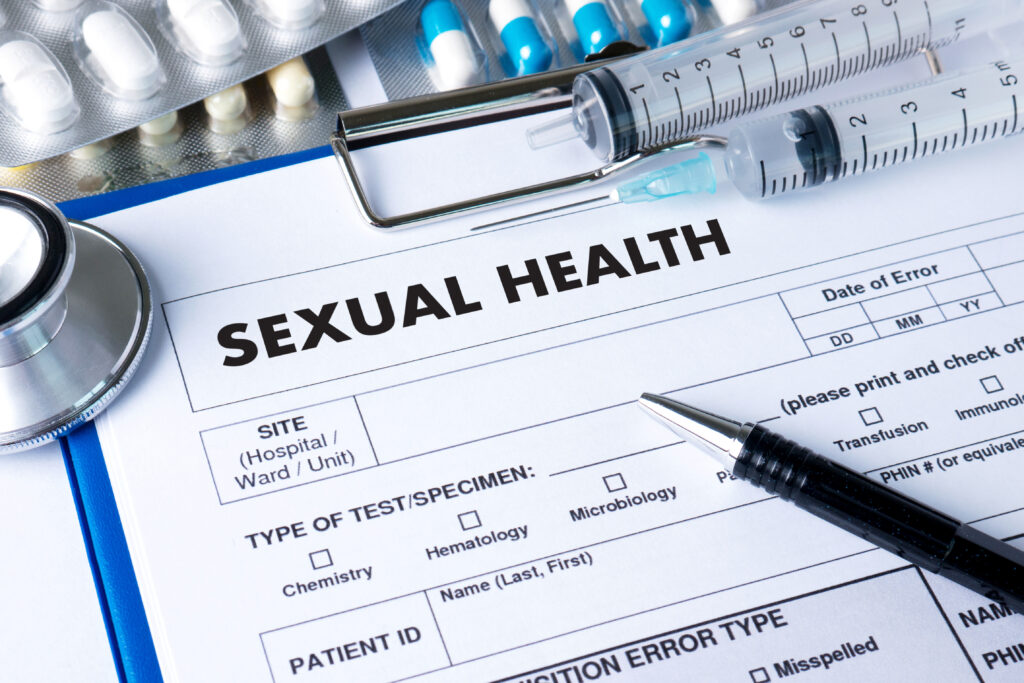Global vaccine roll out is making progress but with most countries wanting priority status and with a limited supply, how can governments best prioritise those requiring vaccination?
Vaccination strategies
Overall two vaccination strategies are in place: the first concentrates on those at highest risk, the second focuses vaccinations on people most likely to transmit the virus, known as direct and indirect vaccination strategies, respectively. Regardless of vaccine type and manufacturer, there are significant availability issues. Cell division time is a limiting factor in production, and considerations such as vaccine transport, worker health and storage capacity all contribute towards availability issues. Limited stores of reagents and chemicals involved in production have become a problem in the massive upscaling of vaccine production required for the global population.
As of writing, Israel has vaccinated its 9 million population once and is over halfway through the second dosage. The UAE is also high on the list of countries who have nearly managed to complete vaccination and has started its own vaccine manufacture.

Countries with larger populations have different hurdles. The UK has targeted vaccinations for the old-aged, healthcare workers and those with underlying health conditions, with Norway doing similar. Studies in vaccination strategy suggest prioritising the over 60’s to minimise mortality. However, Indonesia was one of the first countries breaking from this template, focusing on vaccinations to reduce transmissions, namely the working age group 18-59. Indonesia’s population consists of only 10% over 60, whereas the UK is nearer 20%. The UK has vaccinated approximately 60% of its population, with nearly 40 million doses given, whereas the US is making astounding progress with well over 50% of the population having had the first dose; a whopping 185 million doses given. However, the overall picture is one of limited vaccine availability, with only a small proportion of the global population having been vaccinated.
Length of vaccine protection
It is unknown how long the vaccines provides protection for. Research has suggested after an asymptomatic, mild or moderate infection specific T cell immunity may be persist for around 6 months. The CEO of Pfizer has speculated that booster vaccinations for SARS-CoV-2 may be required within 12 months.
Factors affecting vaccine efficacy:
- age
- underlying health conditions
Factors affecting vaccination strategy:
- country specific age structure
- infection fatality rate
- vaccine availability
- vaccine efficacy
- social distancing/isolation measures
- seroprevalence
Over a dozen COVID-19 vaccines are currently approved. Types used include inactivated virus, mRNA, non-replicating viral vector and Adenovirus vectors. Whether these contrasting mechanisms provide differing outcomes regarding longevity of protection remains to be seen.
Serology status
Serology, the study of antibodies in the blood, is relevant to vaccinations as individuals may already carry the antibodies required to fight SARS-CoV-2 through previous infection. If this is the case, should they be lower down the priority list for vaccination?

Hepatitis B Virus (HBV) is a disease known to require susceptibility status prior to vaccination, and therefore serology documentation. However, most vaccinations do not require serology paperwork. With limited supply of SARS-CoV-2 vaccines available it stands to reason the most impactful use of each dose would be given to susceptible individuals and not immune individuals. Modelling studies have advocated prioritising COVID-19 vaccinations by serostatus as well as age. There are clearly additional logistics, complexity and expense involved, and few if any governments have deprioritised citizens for vaccination on the basis of serology or positive PCR tests. Another rational approach that has not caught on would be to provide only a single dose to those who have recovered from SARS-CoV-2 infection; in Ferbruary 2021 it was reported that France intends to give only a single dose to those citizens who have recovered from COVID-19.
A SARS-CoV-2 serology test, or antibody test, is typically a lateral flow test, lab based ELISA or Chemiluminescence Immunoassay designed to detect whether an individual has ever been infected with the virus. Generally SARS-CoV-2 serology tests can detect immunoglobulins: IgG, IgM or a combination of both. There is research to indicate IgA should be included in these serology tests as it may be a more accurate marker than IgM regarding tests taken shortly after an infection. There is much activity taking place within the IVD industry to tailor such tests to areas where they might be useful, for example to develop a test identifying those who have produced adequate antibodies from the vaccine and those who would require a booster.

Summary
As scientists we support the use of serology tests and previous PCR status to inform SARS-CoV-2 vaccine prioritisation in the context of limited vaccine availability, particularly in the young and healthy who are least at risk from the virus .
Logical Biological Products
At Logical Biological we provide serum and plasma from individuals pre- and post-COVID-19 vaccination, as well as SARS-CoV-2 IgG, IgM and IgA positive serum and plasma samples. We also provide SARS-CoV-2, Influenza and RSV swabs and saliva.

Want to hear more from Logical Biological?
Sign up to our newsletter to for the latest updates.
Subscribe Now

)